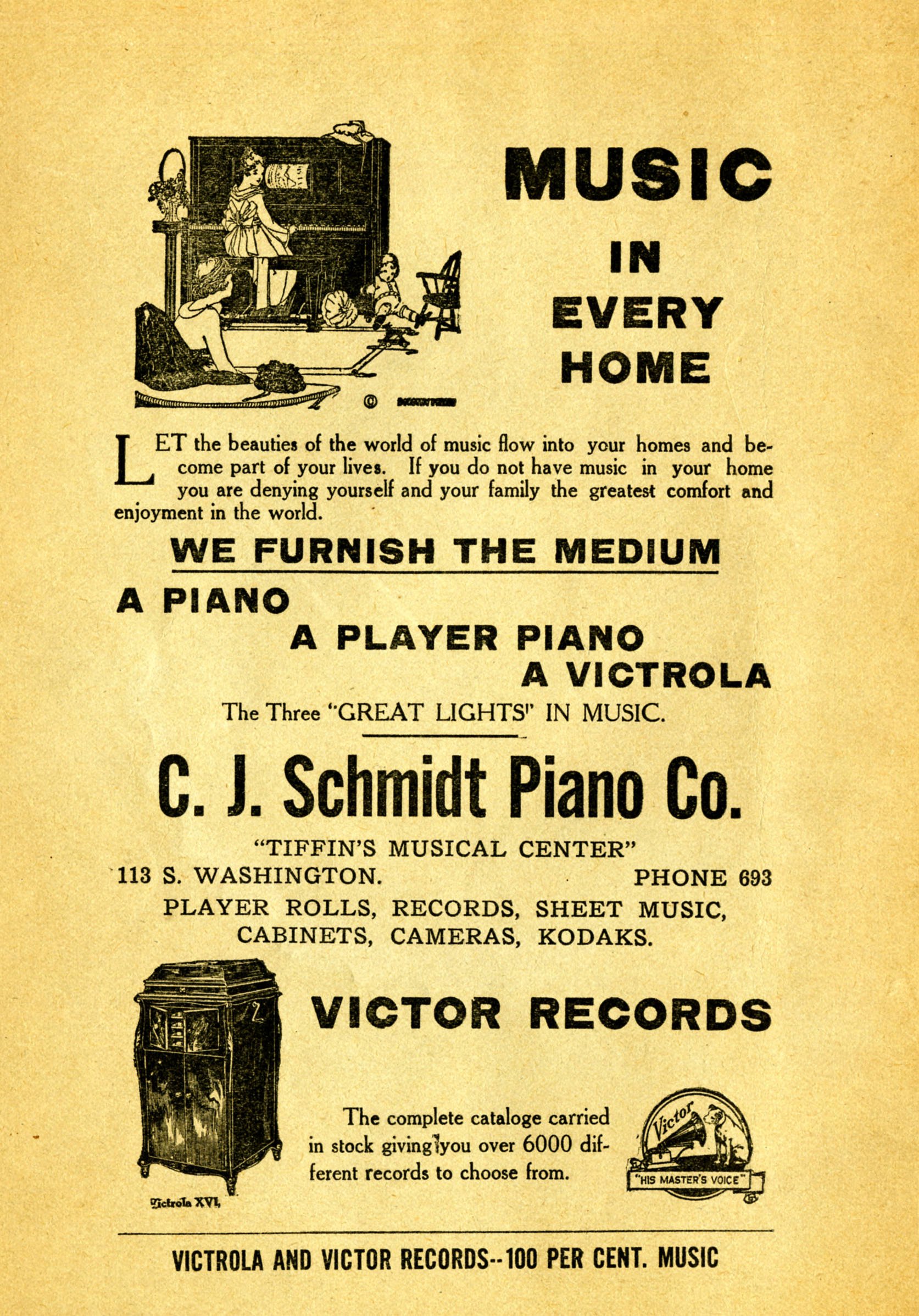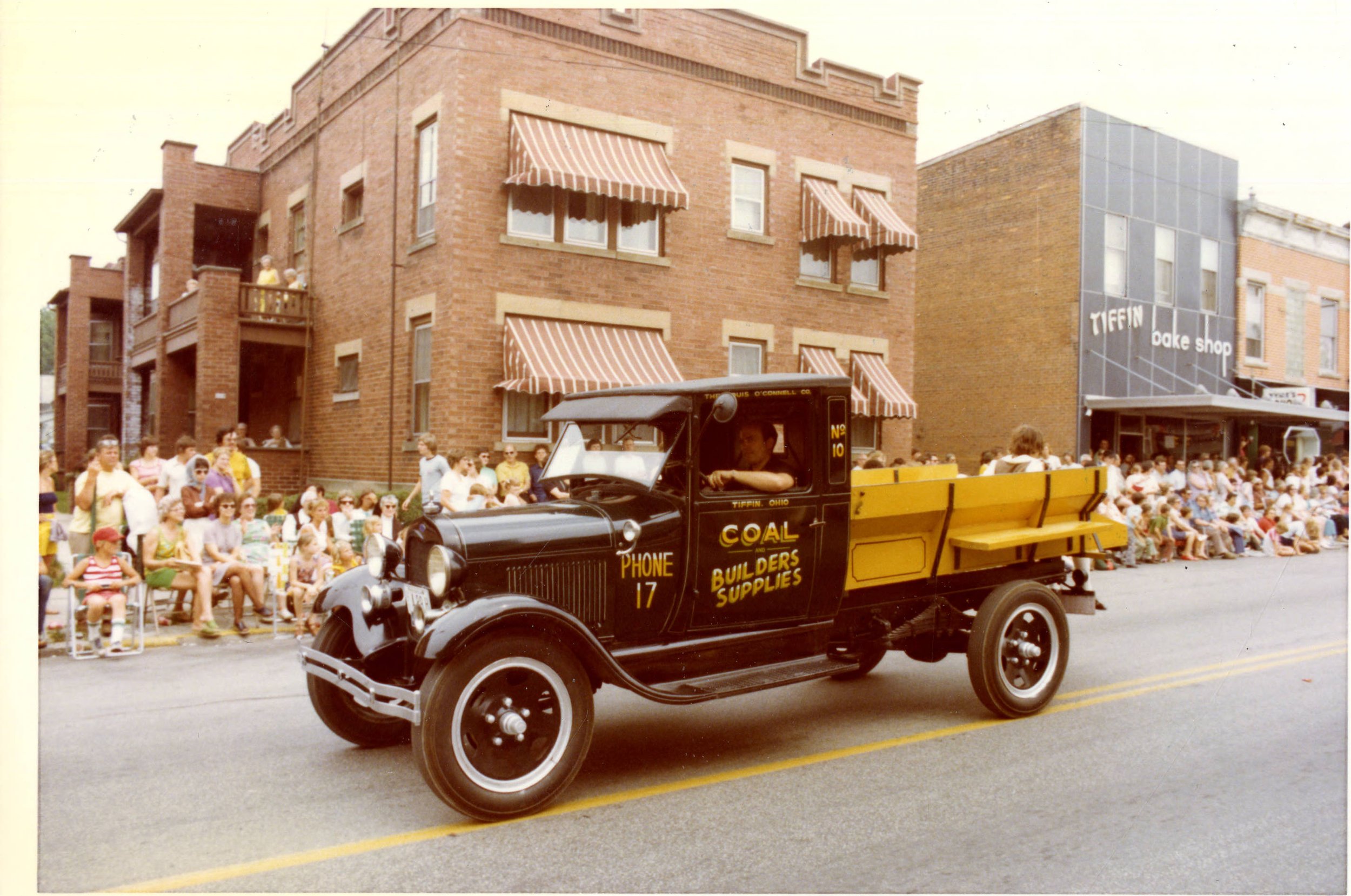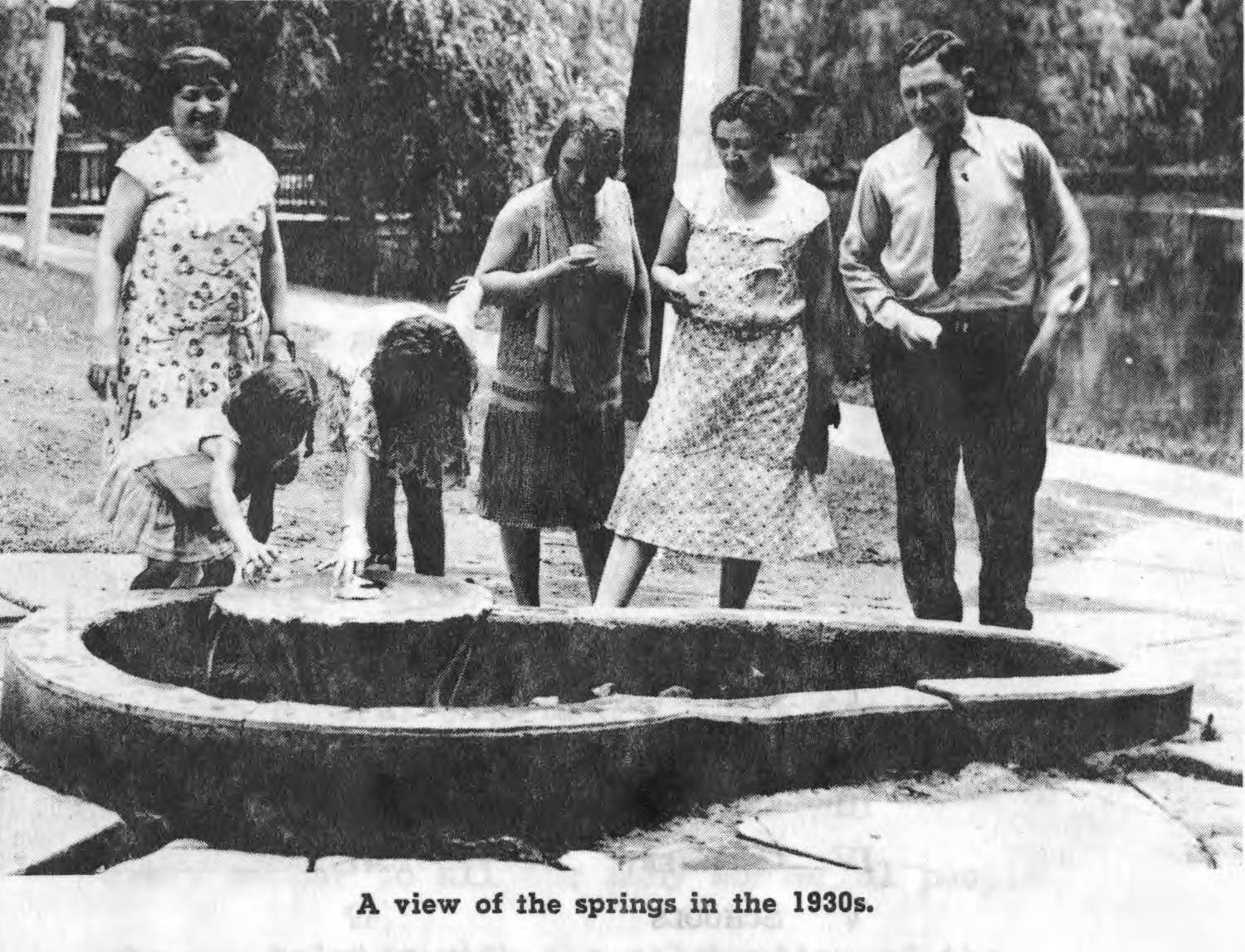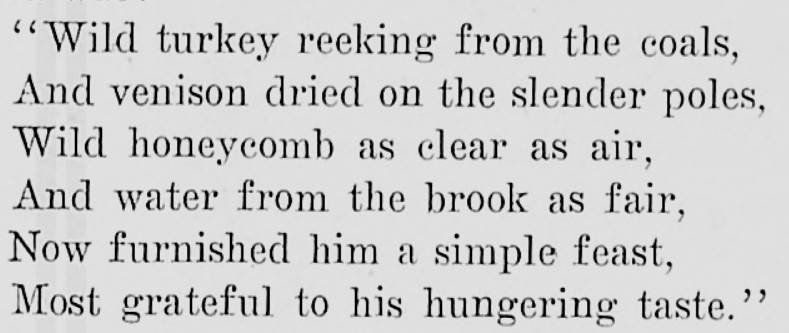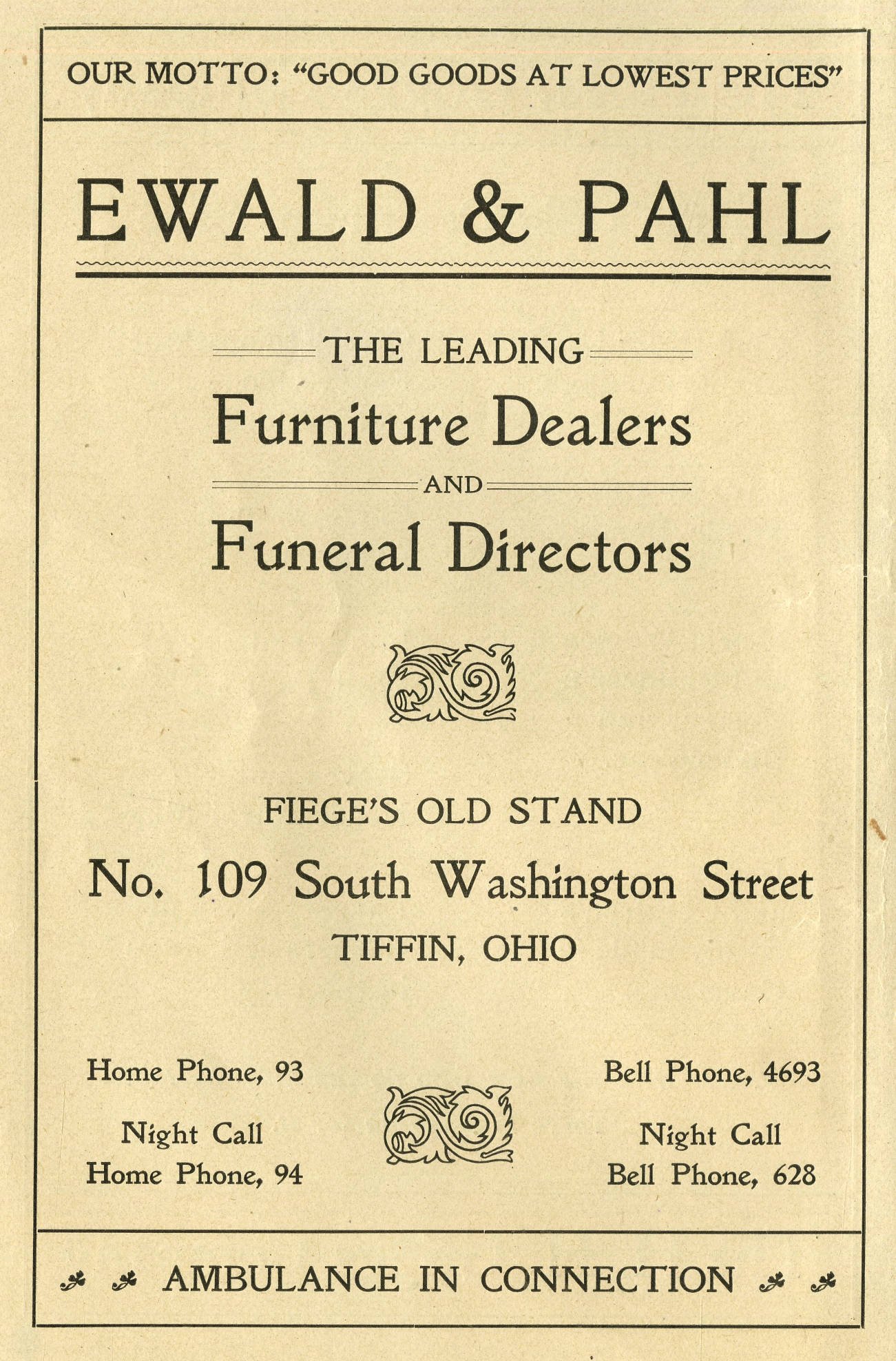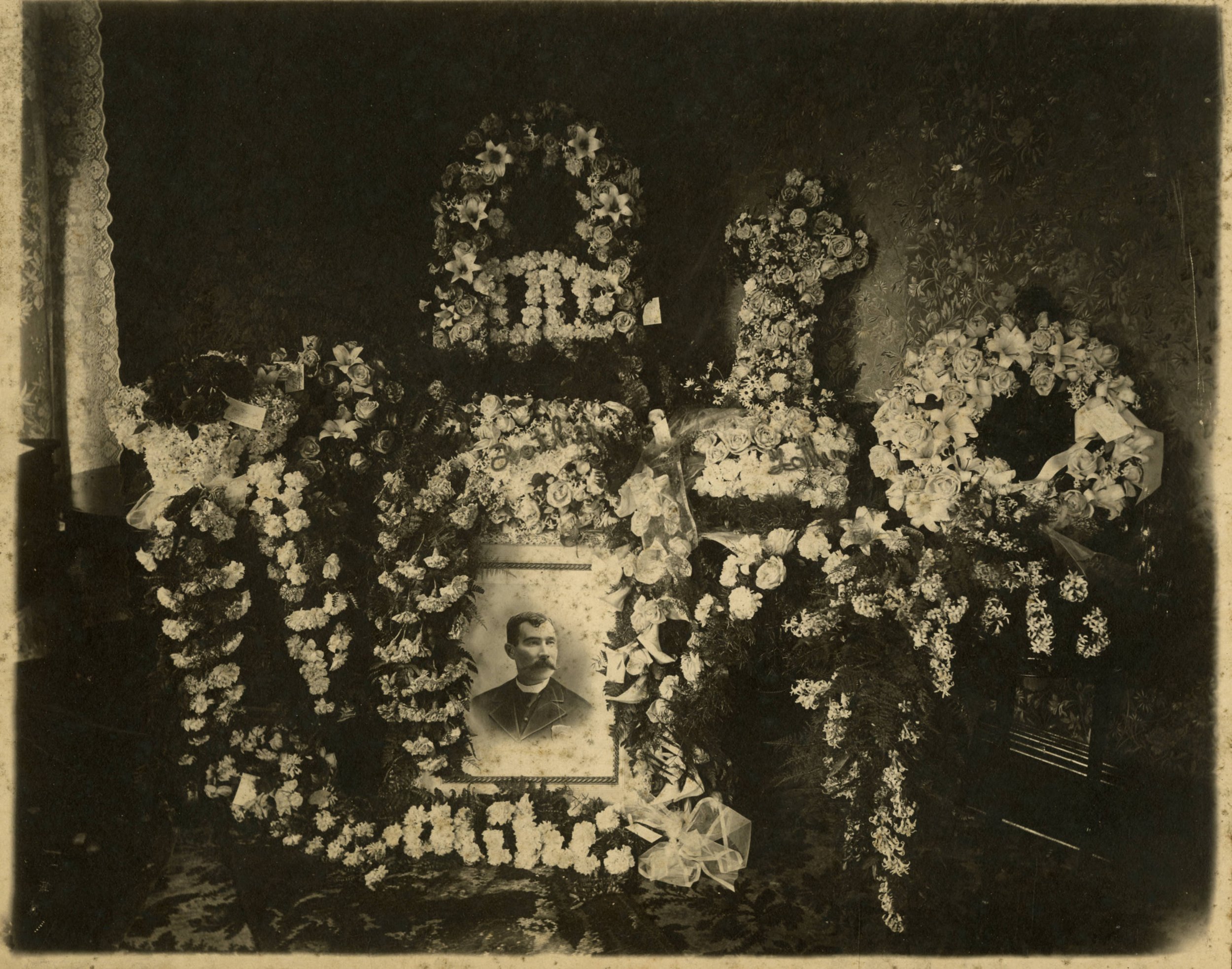by Emily Rinaman, Technical Services Manager
Windlord, First Resort, Dapper Moon … these are the names of some of the fastest horses in the horse racing world in 2024. Horse racing is one of the oldest sports known to mankind. From chariots in Rome to friendly backwoods rivalries to placing monetary bets on specific predicted outcomes, it’s been a major way for humans to satisfy their competitive sides.
With the annual coveted Kentucky Derby quickly approaching, here’s a look at some of the horse races and “behind-the-scenes” aspects of horse racing that have been recorded in Seneca County history.
Before any horse can race in an official race, it must be trained properly. It is reputed that General Tiffinite Frank Callahan, raised future race horses according to a 1914 Tiffin city directory. At one time trotters and pacers raised in the rural countryside of Sycamore, Melmore and McCutchenville were well-renowned. Horses races near Lake Mohawk reached such a fervor during this era that the Tiffin Matinee Club organized them on a weekly basis.
An aerial view of the race track at the Seneca County Fairgrounds. The photo was included in the 1967 Tiffin-Seneca Sesquicentennial Booklet that has been digitized on the Seneca County Digital Library.
Racing tracks for the horses to practice were important as these more official races became common and they could be seen (and visited) in many places by the mid-1800s. William Gibson, a Civil War veteran from Tiffin, had a circuit track for training race horses on his property, “Springdale” on Sycamore Street. Omar had a one-mile track for saddle races in the late 1800s. County fairs, though, is where horse racing really took off.
“By the time the (Seneca County) fair had become well established, horse racing became one of the principle attractions,” its claimed in an article that ran in the Seneca Sentinel. Perhaps locals hoped for a chance to see “Arlington,” which was reputed to be “Ohio’s Best Race Horse” in the early 1900s, according to the Broekhoven’s Tiffin/Seneca Co. 1900-1901 directory.
There are a few different types of racing horses. The difference between pacers and trotters are in the way they run. A pacer horse’s legs on the same side of its body move in unison (a lateral gait) to prevent it from breaking out in an unsightly gallop. With trotter horses, on the other hand, the diagonally opposite legs move in union (more natural for both humans and animals when running). Because the gait of a pacer must take more training to learn, pacers require more training equipment.
The temperament of a horse also matters: racing horses should not be easily spooked. This could be what happened in what’s been rumored to be “the first horse race in Seneca County.” Josiah Hedges, one of the very first settlers in Seneca County, and a Doctor Dresbach “and their riders” met up at the Spicer Reservation (north of Tiffin near Fort Seneca). It is said they chose the spot because “they could find no other place so free from (tree) stumps.”
Racing on a somewhat straight path from the bank of the river to a house on Tomb Street, Dr. Dresbach’s rider, “McNeal,” rode a small gray mare. Hedges borrowed a bay belonging to a friend for his relative, Albert Hedges, to ride. After racing through corn fields, it’s unclear what happened, but right before the destination, the horse Hedges was riding ran into a “spectator” horse along the way. This no doubt agitated the horse and it abruptly stopped, causing Hedges to fall off, resulting in a dislocated ankle.
The temperament of a horse was also important for fire departments, who used fast horses before motorized vehicles. “Not every horse could serve as a fire horse,” states ___. “The horse needed to be strong, swift, agile, obedient and fearless. They needed to remain calm in the midst of a multitude of distractions, therefore, the fire departments carefully selected their horses.”
The first fire horses in Tiffin were purchased in 1866, and the local fire department used horse teams to pull their equipment until 1914 when it was noted in city council notes that the horses, “Jerry,” “Tom,” and “Frank,” had all been sold. A commemorative book on the Tiffin Fire Department in 1993 explains that, unfortunately, there are very few references to its horses in its recorded history.
Works cited:
Seneca County Digital Library, Ohio Memory Project, https://www.ohiomemory.org/digital/collection/p15005coll27/search
Seneca County Digital Library, Tiffin City Directories.
Barnes, Myron. Seneca Sentinel Bicentennial Sketches. Seneca County Digital Library. https://ohiomemory.org/digital/collection/p15005coll27/id/33669
Between the Eighties, Tiffin, Ohio 1880-1980. Seneca County Digital Library. https://ohiomemory.org/digital/collection/p15005coll27/id/65422
Directory of the City of Tiffin 1914, W.M. Lawrence & Company, 1914. https://www.ohiomemory.org/digital/collection/p15005coll27/id/39479/rec/1
History of Seneca County from the Close of the Revolutionary War to July 1880. Seneca County Digital Library. https://ohiomemory.org/digital/collection/p15005coll27/id/17928
History of Tiffin Fire Department, 1843-1993. Seneca County Digital Library. https://www.ohiomemory.org/digital/collection/p15005coll27/id/32508/rec/1
Peters, Marty. “A History of Horses in the Fire Service.” Fire History. https://firehistory.weebly.com/a-history-of-horses-in-the-fire-service.html
Tiffin-Seneca Sesquicentennial 1817-1967. Seneca County Digital Library. https://ohiomemory.org/digital/collection/p15005coll27/id/25130/rec/1
US Trotting. https://fanguide.ustrotting.com/









































